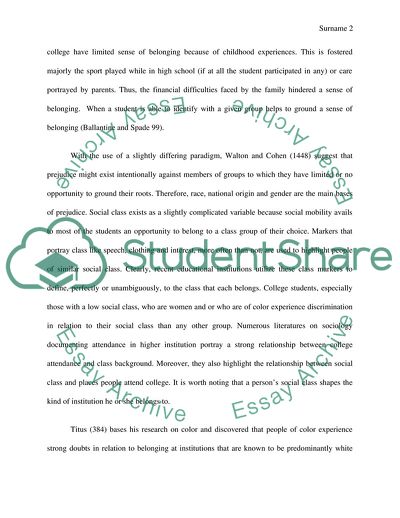Cite this document
(The Provision of High- Quality Education Case Study, n.d.)
The Provision of High- Quality Education Case Study. https://studentshare.org/education/1825439-how-social-class-impacts-college-success
The Provision of High- Quality Education Case Study. https://studentshare.org/education/1825439-how-social-class-impacts-college-success
(The Provision of High- Quality Education Case Study)
The Provision of High- Quality Education Case Study. https://studentshare.org/education/1825439-how-social-class-impacts-college-success.
The Provision of High- Quality Education Case Study. https://studentshare.org/education/1825439-how-social-class-impacts-college-success.
“The Provision of High- Quality Education Case Study”. https://studentshare.org/education/1825439-how-social-class-impacts-college-success.


